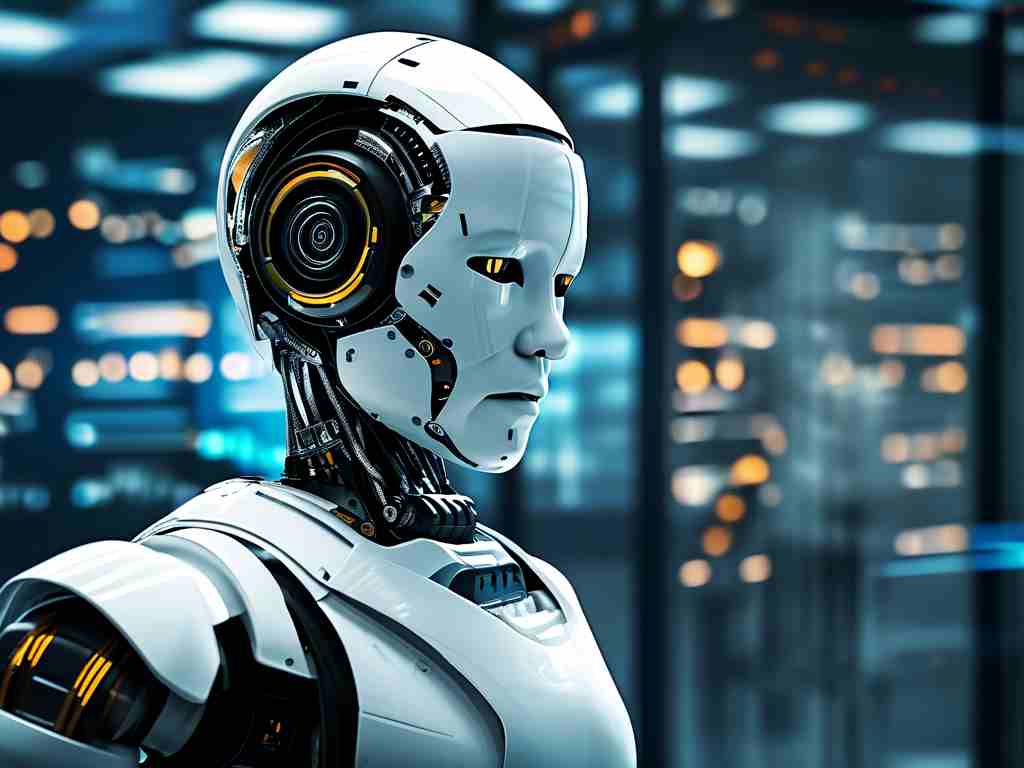The rapid evolution of humanoid robotics has reached a pivotal juncture, blending artificial intelligence, biomechanical engineering, and advanced materials science. As industries from healthcare to manufacturing increasingly adopt human-centric automation solutions, the demand for visionary technical leadership has never been higher. This article explores the critical role of a Humanoid Robotics Chief Engineer and the unique qualifications required to drive this transformative field forward.

The Strategic Importance of the Role
A Humanoid Robotics Chief Engineer serves as the architectural backbone of next-generation robotics projects. Unlike conventional engineering roles, this position requires a rare fusion of interdisciplinary expertise—spanning mechanical design, AI algorithm optimization, sensor integration, and human-robot interaction frameworks. The ideal candidate must not only possess deep technical knowledge but also demonstrate the ability to translate theoretical concepts into scalable, real-world applications. For instance, recent breakthroughs in tactile feedback systems and adaptive gait control have redefined mobility standards for bipedal robots, tasks that demand both creativity and rigorous scientific methodology.
Core Responsibilities and Challenges
Central to this role is overseeing the full product development lifecycle, from prototyping to mass production. Key responsibilities include leading cross-functional teams in refining dynamic balance algorithms, enhancing energy efficiency through novel actuator designs, and ensuring compliance with global safety regulations. One underappreciated challenge lies in harmonizing hardware-software synergies—for example, optimizing neural network inference speeds to match limb movement latency thresholds below 50 milliseconds.
The engineer must also navigate ethical considerations unique to humanoid systems, such as implementing fail-safes for autonomous decision-making in unstructured environments. A case in point: during collaborative trials in warehouse settings, humanoid robots required real-time collision prediction adjustments when working alongside human staff, necessitating millimeter-level precision in spatial awareness systems.
Qualifications That Set Candidates Apart
While a PhD in Robotics or related fields remains a baseline requirement, practical experience in deploying humanoid systems at commercial scale carries disproportionate weight. Successful applicants often showcase portfolios featuring:
- Patent-pending innovations in joint torque optimization
- Published research on emotion recognition through micro-gesture analysis
- Proven success in reducing production costs via modular component architectures
Notably, soft skills are equally critical. The ability to articulate technical roadmaps to non-engineering stakeholders—such as explaining machine learning training pipelines to investors—often determines project funding outcomes. Language proficiency in technical Japanese or German provides added advantage when collaborating with global component suppliers.
Why This Opportunity Matters
The hiring organization represents a consortium of industry leaders and academic institutions pushing the boundaries of embodied AI. With access to proprietary simulation platforms and a 40% faster iteration cycle compared to industry averages, the selected engineer will lead projects targeting:
- Medical rehabilitation exoskeletons with neural interface capabilities
- Disaster response robots capable of terrain-adaptive locomotion
- Educational companion robots featuring multi-modal emotional intelligence
Compensation packages reflect the role's strategic significance, including equity options tied to technology licensing milestones and biannual sabbaticals at partner research institutes in Switzerland and South Korea.
The Road Ahead for Humanoid Robotics
Market analysts project the humanoid robotics sector to achieve 34% CAGR through 2030, driven by labor shortages in aging societies and advancements in cognitive computing. However, persistent hurdles around energy density in power systems and public acceptance of anthropomorphic machines require engineers who can balance technical ambition with societal readiness.
For prospective candidates, this role offers more than career advancement—it's a chance to redefine humanity's relationship with intelligent machines. The successful applicant will not merely build robots but architect a new paradigm where humanoid systems enhance human capabilities rather than replace them.
Interested innovators are invited to submit their credentials through the company's encrypted talent portal before August 31, 2024. Preliminary technical screenings will involve code reviews of motion planning repositories and whiteboard sessions on thermal management strategies for high-density servo clusters.
This recruitment initiative ultimately seeks more than an engineer—it aims to onboard a technological philosopher capable of shaping the ethical and operational frameworks for machines that may one day walk among us.
